Meet The 1966 Buick Wildcat, A Pioneering Icon of the Muscle Car Era
The 1966 Buick Wildcat left an indelible mark in automotive history as a pioneering muscle car that artfully blended power and luxury. Emerged in the 1960s as a high-performance variant of the Invicta, the Wildcat introduced a compact frame and potent V8 engines.
Published June 21, 2024
The 1966 Buick Wildcat was a pivotal milestone for the Buick brand, cementing its place in automotive history as a pioneering muscle car. This iconic full-sized model artfully blended high performance with luxury, earning its nickname as a "muscle car in a tuxedo." Tracing its roots back to innovative 1950s concept cars, the Wildcat emerged in the 1960s with a compact frame and powerful V8 engines. By 1966, features like the Gran Sport package established the Wildcat as a top muscle car contender, offering exhilarating power along with an elegant interior.
The Wildcat's legacy paved the way for Buick's prominence in the high-performance market in the 1960s and early 1970s. This full-sized marvel, produced by Buick from 1962 to 1970, served as a pivotal milestone in the brand's journey into the exhilarating world of muscle cars. In this comprehensive article, we delve into the origins, evolution, and lasting legacy of the 1966 Buick Wildcat, a true “Muscle Car in a Tuxedo.”
The Origins of the Wildcat Nameplate: A Heritage Rooted in Concept Cars
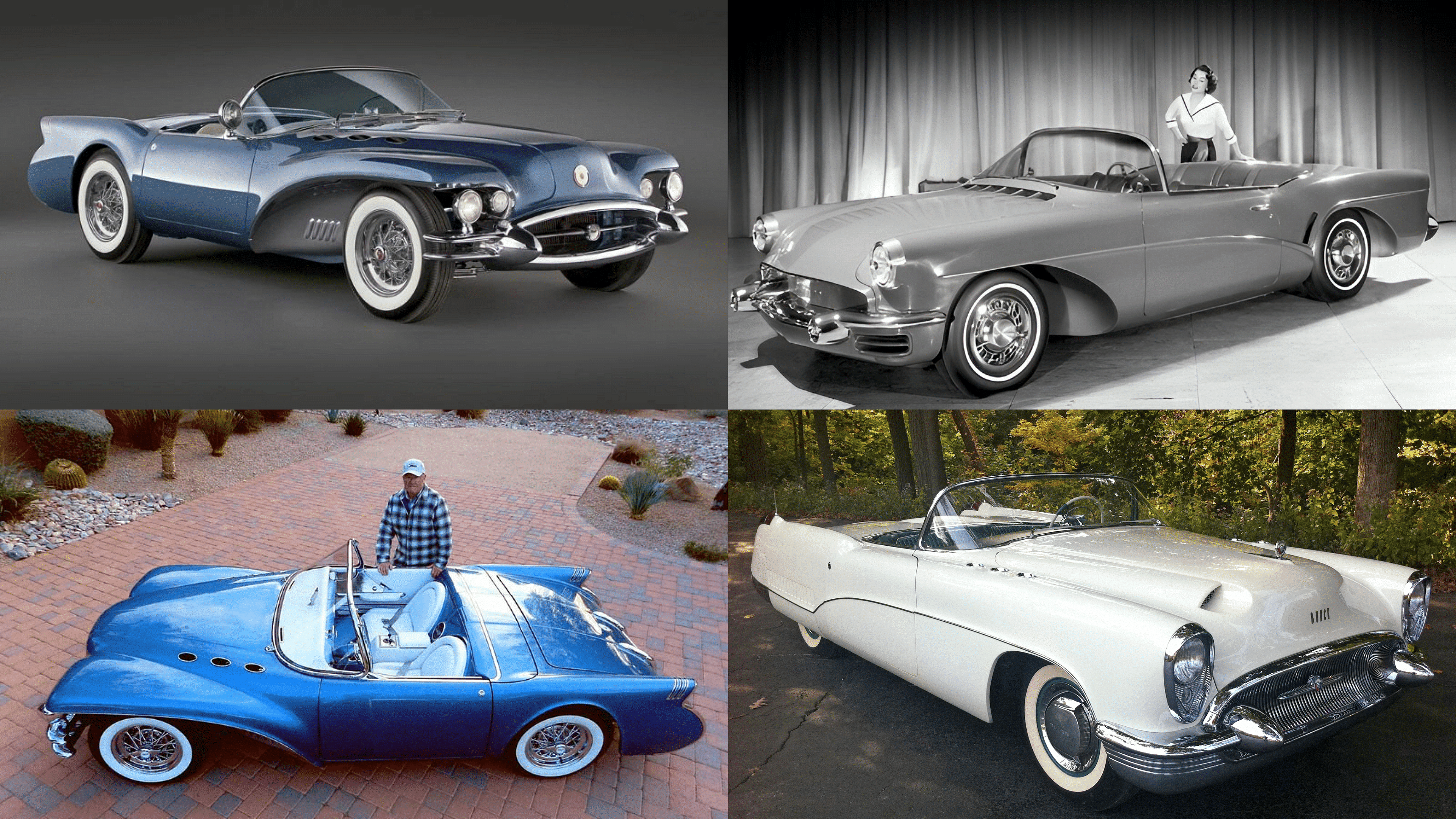
The Buick Wildcat's lineage can be traced back to a series of visionary concept cars from the 1950s. These included the 1953 Wildcat I, 1954 Wildcat II, and 1955 Wildcat III, all designed under the creative genius of Harley Earl. Notably, the Wildcat I and II still exist today as historical artifacts, testaments to Buick's commitment to innovation.
Evolution of the Wildcat: Emergence as a Standalone Model
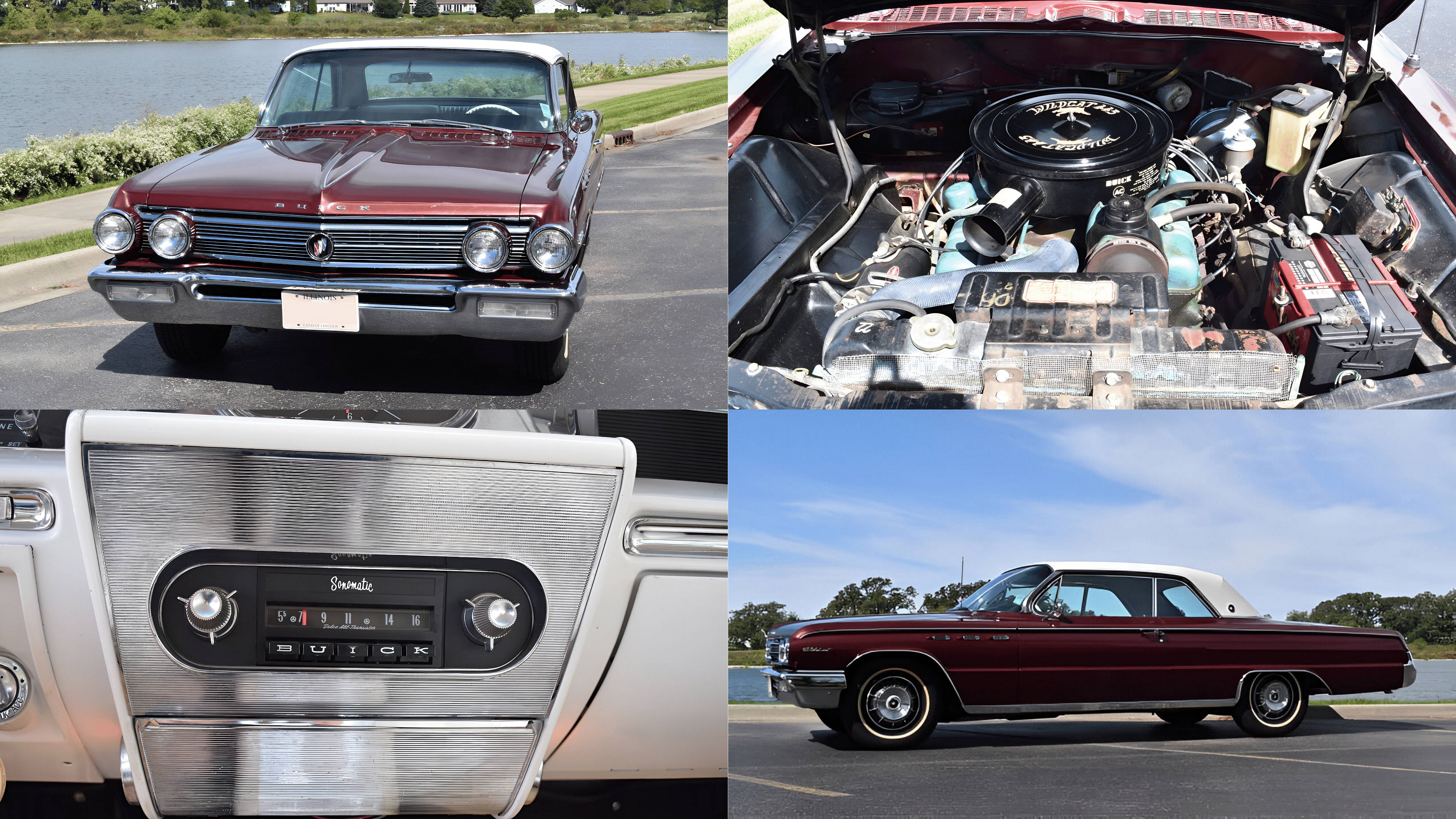
The Wildcat made its debut in 1962 as part of the Invicta line but quickly emerged as a standalone model, gradually phasing out the Invicta. It introduced a compact frame paired with a potent 401-cubic-inch V8 engine, boasting 325 horsepower. By 1966, a pivotal year in its evolution, the Wildcat lineup featured a diverse array of two-door and four-door variants, combining power and luxury to entice enthusiasts and luxury seekers alike.
The Wildcat 375, 410, or 445
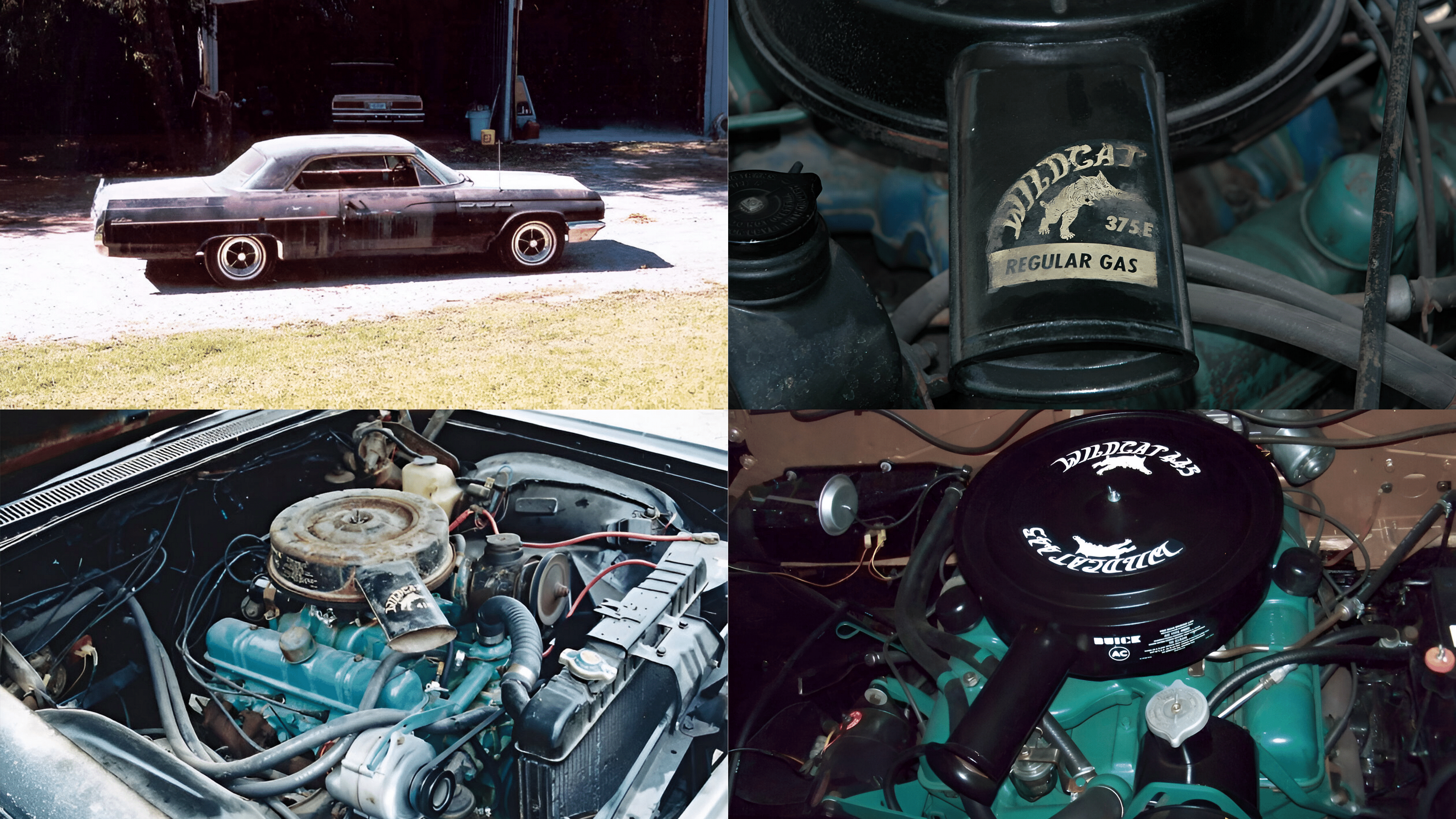
At the heart of the 1966 Wildcat was its formidable engine options, referred to as the Wildcat 375, 410, or 445, depending on torque. The standard power plant, the Wildcat 445, utilized a single four-barrel carburetor, delivering impressive performance that set the stage for the muscle car era. Additionally, Buick introduced the optional Gran Sport (GS) package exclusively for the two-door models, enhancing performance with a tuned engine, dual exhausts, and heavy-duty components.
The 1966 Buick Wildcat: A Muscle Car in a Tuxedo
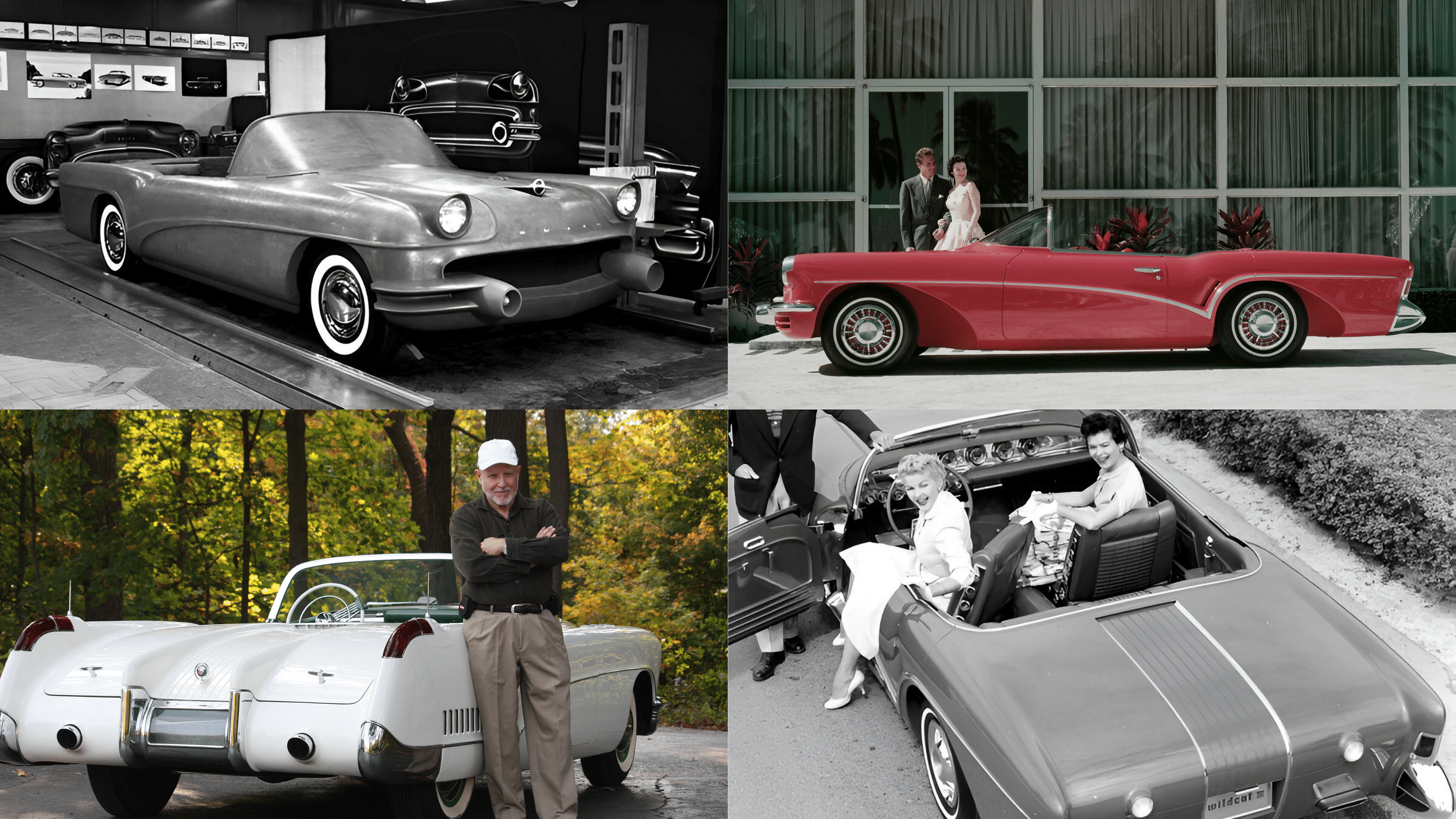
The 1966 Wildcat earned its moniker as a "muscle car in a tuxedo" by artfully striking a balance between high-performance and luxury. Unlike some of its rivals, the Wildcat's interior design showcased a Spartan elegance, prioritizing essential features over a cluttered dashboard. Notable features included bucket seats reminiscent of the Ford Thunderbird and a center console housing a three-speed shift lever, all accentuated by an unconventional tachometer placement.
Balancing Luxury and Performance: Power Under the Hood
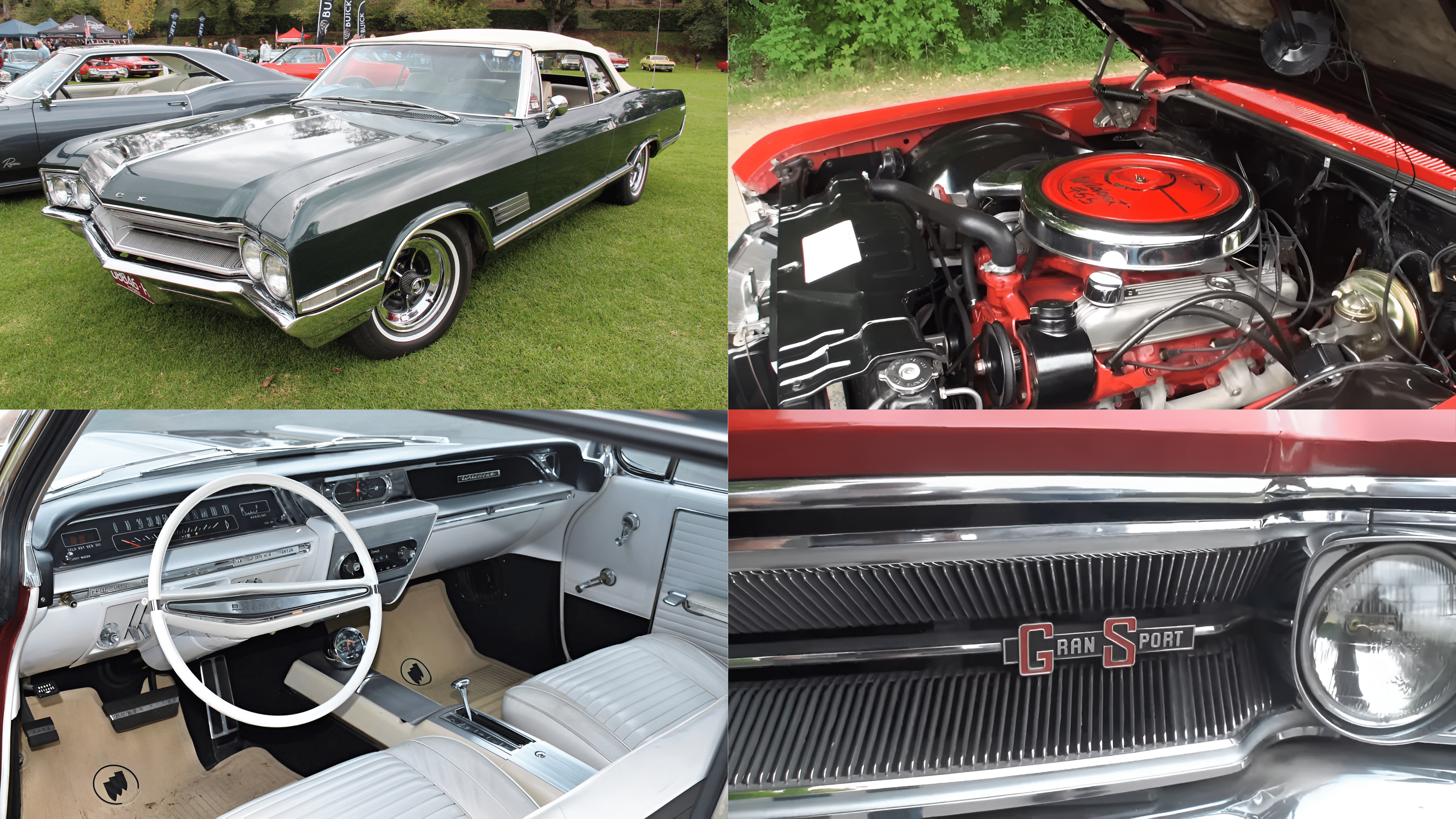
Beneath the hood, the 401-cubic-inch V8 engine delivered exhilarating performance, making the Wildcat a true contender in the muscle car arena. However, what truly set it apart was the optional Gran Sport (GS) package. This package elevated the Wildcat's capabilities with a high-tuned engine, dual exhausts, heavy-duty suspension, a 3.42:1 PosiTraction rear end, and 8.45×15 tires. The result was a car that seamlessly blended luxury with exhilarating power.
Paving the Way for Buick's Muscle Car Lineup
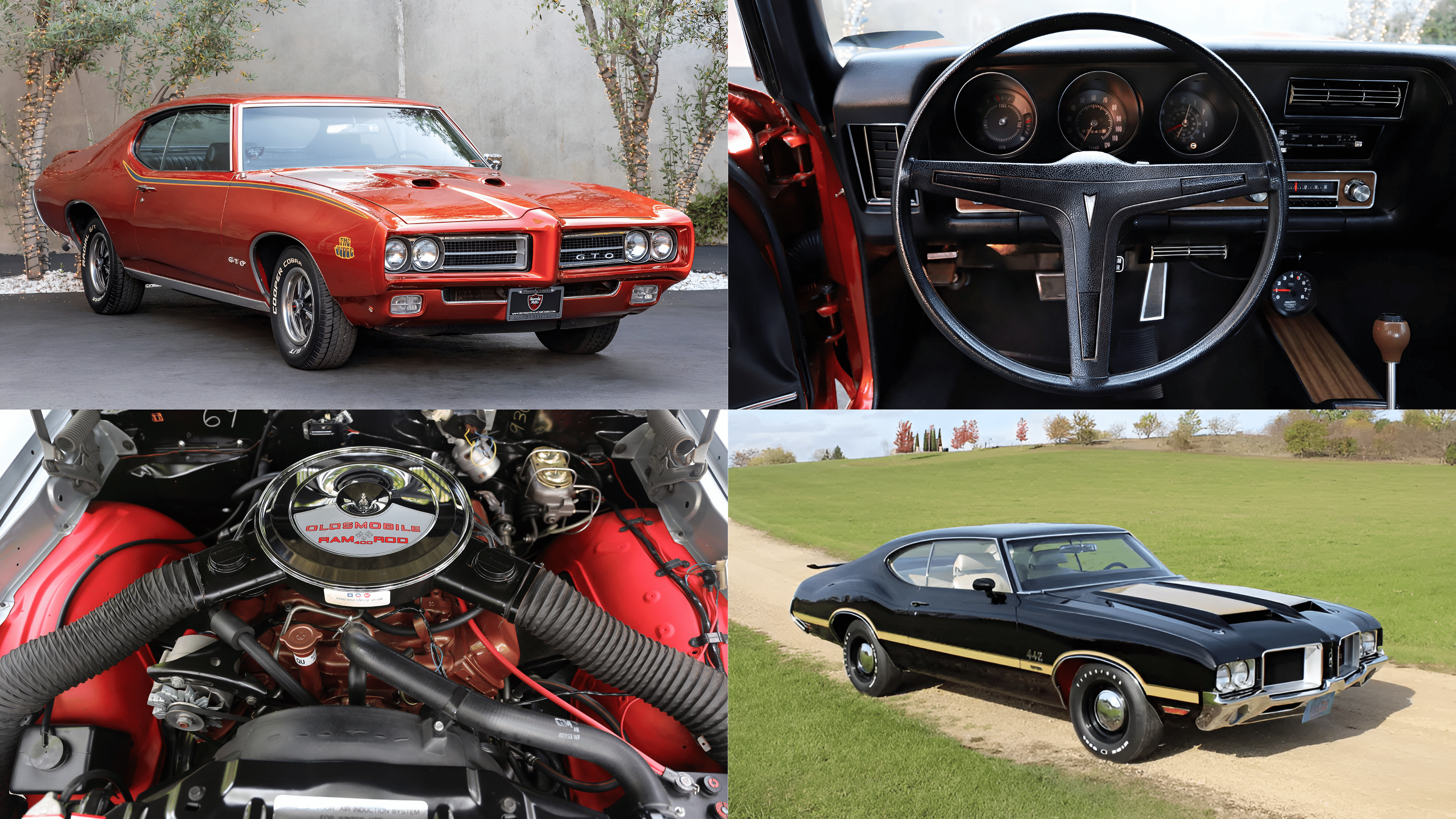
The 1966 Buick Wildcat marked a significant chapter in Buick's resurgence during the 1960s. Positioned to rival formidable GM counterparts like the Pontiac GTO, which is considered to be one of the fastest Potiacs ever manufactured and another iconic muscle car Oldsmobile 4-4-2, the Wildcat was marketed as a high-performance luxury car. Its lineup featured a selection of V8 engines, including a potent 425-cubic-inch V8 that generated up to 360 horsepower. During the muscle car era from the mid-1960s to the early 1970s, the Wildcat, alongside the Skylark and Gran Sport, bolstered Buick's presence in the performance car market.
The Successor: Buick Centurion
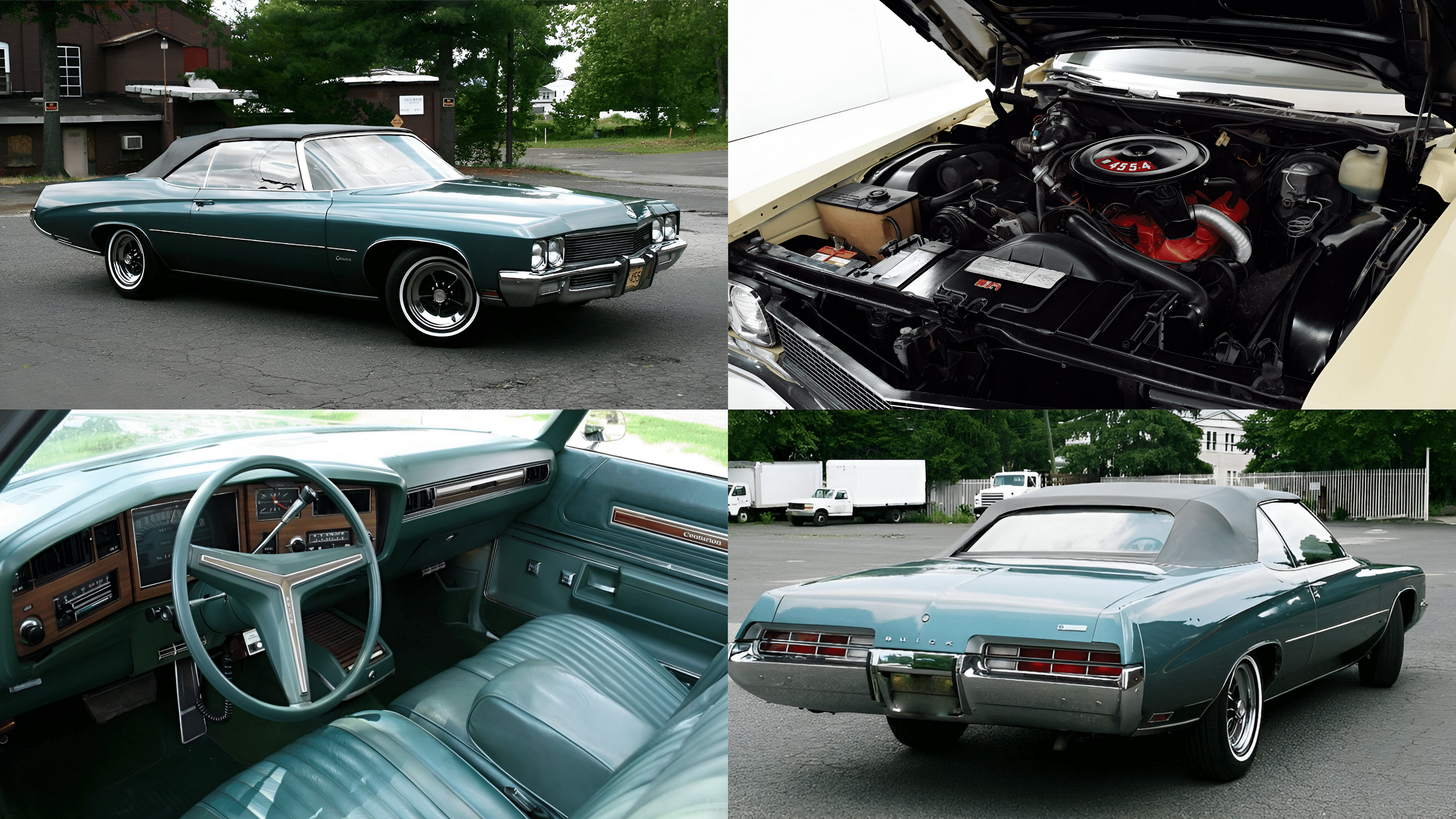
Following the Wildcat's era, Buick introduced the Buick Centurion in 1971, inheriting the Wildcat's platform but offering a more opulent interior. With various V8 engine options, including a 455-cubic-inch V8 producing up to 315 horsepower, the Centurion targeted the luxury car segment, competing against the likes of the Cadillac DeVille and Lincoln Continental. The Wildcat's legacy paved the way for Buick to explore diverse avenues within the automotive industry.
Conclusion
In retrospect, the 1966 Buick Wildcat remains an iconic symbol of Buick's foray into the muscle car realm. This full-size masterpiece embodied the perfect blend of power, style, and luxury, captivating enthusiasts and luxury seekers alike. Today, it continues to be cherished by Buick aficionados and muscle car enthusiasts, a testament to its enduring legacy as a "muscle car in a tuxedo." However, to cherish old beauty in a new avatar, Buick has unveiled the Wildcat EV, which is estimated to be launched in either mid 2024 or mid 2025.
Write a comment
Comments
No Comments Yet









